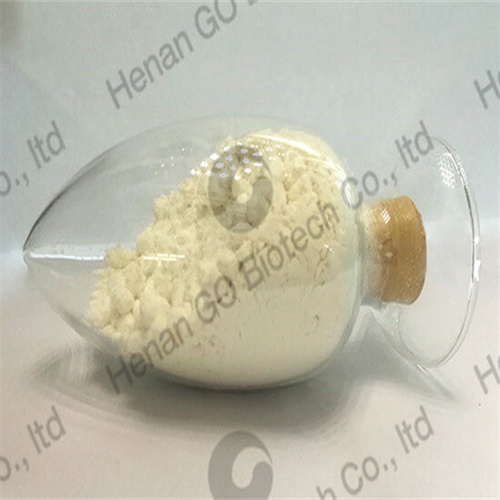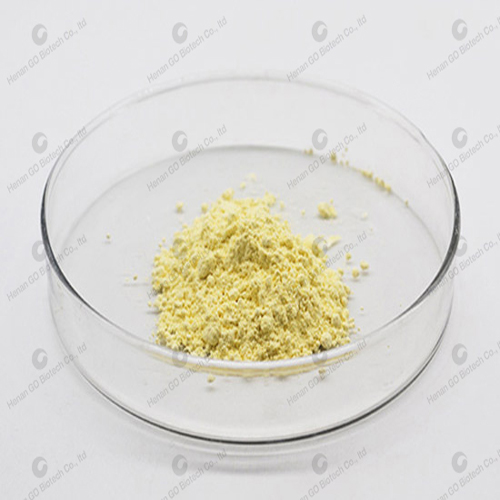In the realm of the chemical industry, 6PPD plays a crucial role as an antioxidant and vulcanization accelerator. Understanding its significance not only highlights its applications but also emphasizes the growing concern regarding its environmental ramifications.

6PPD is widely employed in the production of rubber, particularly in tires, due to its exceptional ability to enhance durability and extend product life. However, the benefits of 6PPD come with significant responsibilities.
Recent studies have raised alarms over 6PPD's environmental impact, particularly its role in aquatic toxicity. It has been detected in various water bodies, posing risks to local ecosystems. The persistence of 6PPD and its by-products highlights the urgent need for environmentally conscious practices in its handling and application.

To mitigate the negative effects of 6PPD, industries must adopt sustainable practices. This includes research into safer alternatives, improvements in manufacturing processes, and stringent regulations to minimize release into the environment.
As the chemical industry faces increased scrutiny regarding sustainability, ongoing innovations in chemical formulations and processes will be essential. Collaborative efforts between manufacturers, regulators, and environmental organizations will drive the shift towards safer chemical practices.

Understanding the implications of 6PPD within the chemical industry is vital for fostering a sustainable future. By prioritizing environmental protection and investing in innovative solutions, we can continue to reap the benefits of this important compound while safeguarding our ecosystems.
